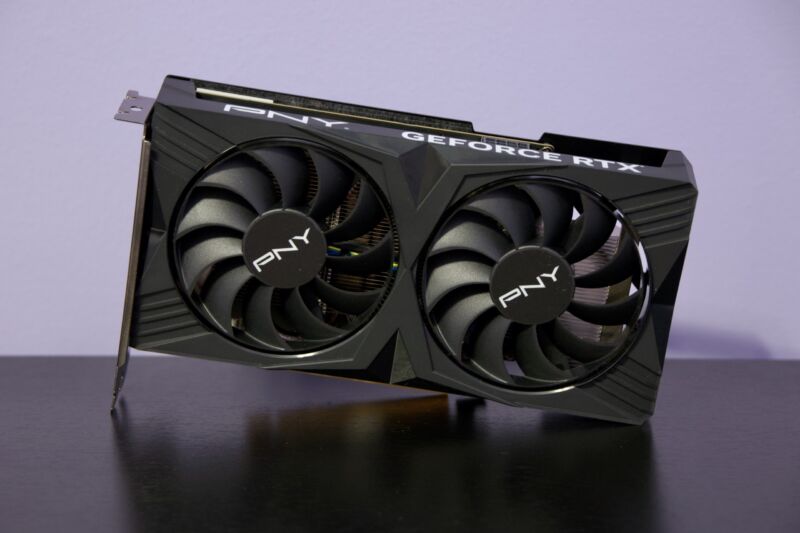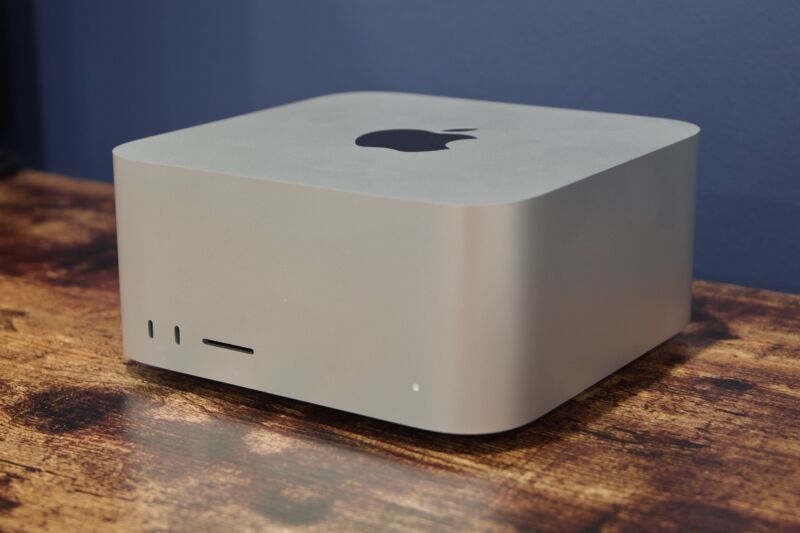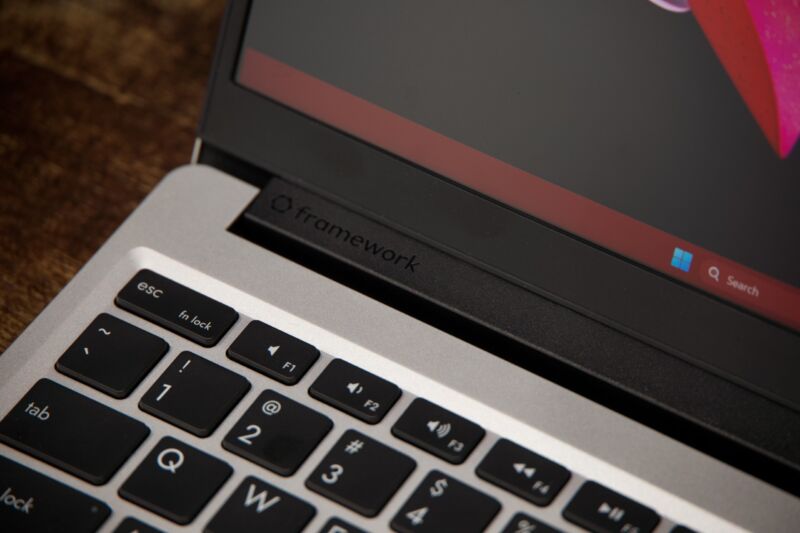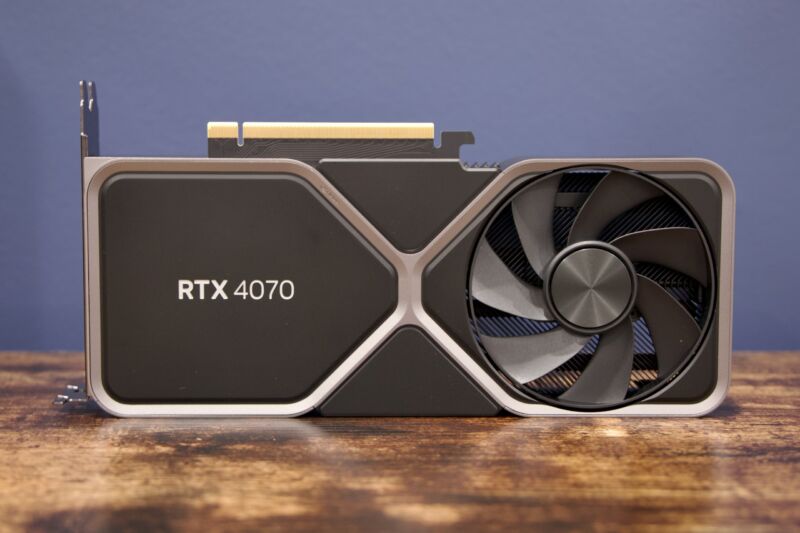-
 chevron_right
chevron_right
Lenovo ThinkPad X1 Carbon Gen 11 review: Two steps forward, one step back
news.movim.eu / ArsTechnica · Wednesday, 28 June, 2023 - 14:22 · 1 minute
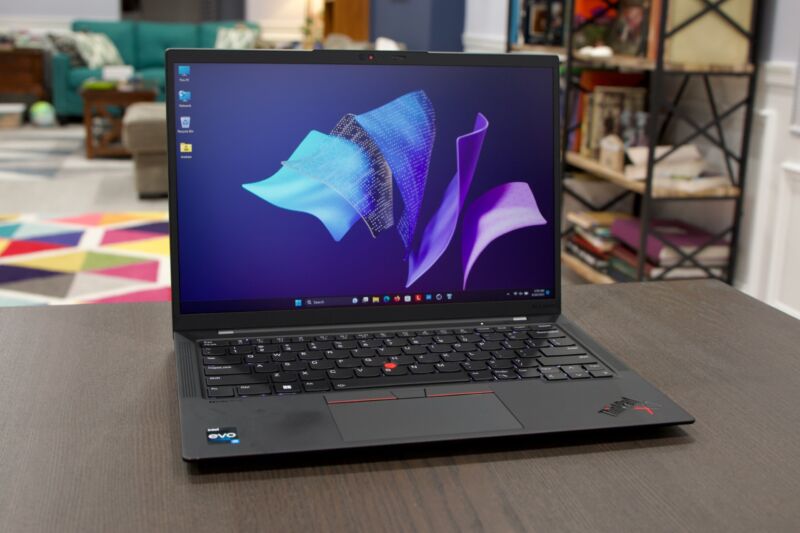
Enlarge / Lenovo's ThinkPad X1 Carbon Gen 11, which not-confusingly-at-all feature 13th-generation Intel Core processors. (credit: Andrew Cunningham)
| Specs at a glance: Lenovo ThinkPad X1 Carbon Gen 11 (As reviewed) | |
|---|---|
| Display | 14.0-inch 1920×1200 touchscreen (162 PPI) |
| OS | Windows 11 Pro |
| CPU | Intel Core i7-1355U (2 P-cores, 8 E-cores) |
| RAM | 16GB LPDDR5 5200 MHz (soldered) |
| GPU | Intel Iris Xe (integrated) |
| Storage | 512TB NVMe SSD |
| Networking | Wi-Fi 6E (802.11ax), Bluetooth 5.3 |
| Battery | 57 Wh |
| Ports | Two Thunderbolt 4, two 5Gbps USB-A, HDMI 2.0b, headphones |
| Size | 8.76×12.43×0.6 inches (222.5×315.6×15.36 mm) |
| Weight | 2.48 lbs (1.12 kg) |
| Warranty | 1-year |
| Price as reviewed | $1,733 |
Lenovo's ThinkPad X1 Carbon has long been one of our favorite ultrabook designs, combining a generous array of ports, a nice keyboard and trackpad, and a larger-than-typical 14-inch screen into a thin-and-light package.
Last year's Gen 10 iteration had a major flaw, though—a big step down in battery life, at least partially attributable to a more power-hungry 12th-generation Intel processor. (Yes, before we get any further, Lenovo's ThinkPad generational designations don't align with Intel's processor designation, so a Gen 10 ThinkPad uses a 12th-gen Intel CPU, and the Gen 11 ThinkPad uses a 13th-gen CPU.)
This year's Gen 11 X1 Carbon refresh mainly has one job: retain all the good stuff about last year's refresh and the X1 Carbon lineup generally but get the battery life closer to where it was before. The Gen 11 partially does that job. That means the performance gains from last year are negligible (and sometimes even a small step backward). It's an acceptable sacrifice for improved battery life, and the X1 Carbon is still one of the best all-around portable laptops you can buy. It's just that the Gen 11 model still can't quite manage to feel like an across-the-board upgrade from the Gen 9 X1 Carbon from two years ago.

